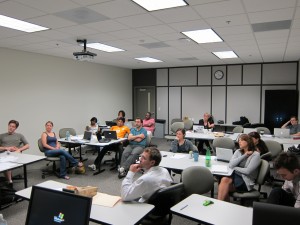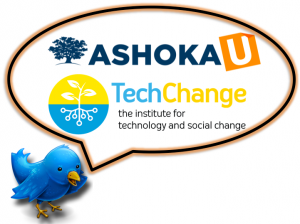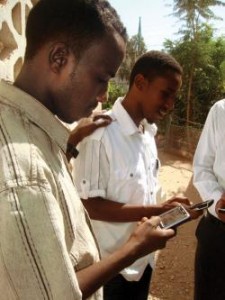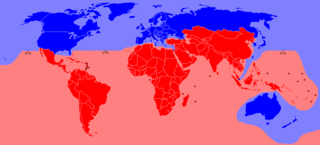During the protests in Tahrir square, one Egyptian activist tweeted: “We use Facebook to schedule the protests, Twitter to coordinate, and YouTube to tell the world.” A similar phenomenon is happening with the response to the most recent Mumbai bombings, where Mumbai residents and a concerned online community are collaborating through a variety of online tools to gather information and potentially save lives. According to the Economist blog:
“AT 6:54 pm the first bomb went off at Zaveri Bazaar, a crowded marketplace in South Mumbai. In the next 12 minutes two more followed in different locations in the city. Even before the blasts, torrential rain meant that roads were clogged. The attacks added to the confusion just as millions of people were returning home from work. With telephone lines jammed, many Mumbaikars turned to a familiar alternative: they posted their whereabouts, and sought those of their close ones, on social networks.
(more…)






 I had the opportunity to attend a conference at USAID a fewweeks ago on the theme of Knowledge Management (KM) for Development (
I had the opportunity to attend a conference at USAID a fewweeks ago on the theme of Knowledge Management (KM) for Development (